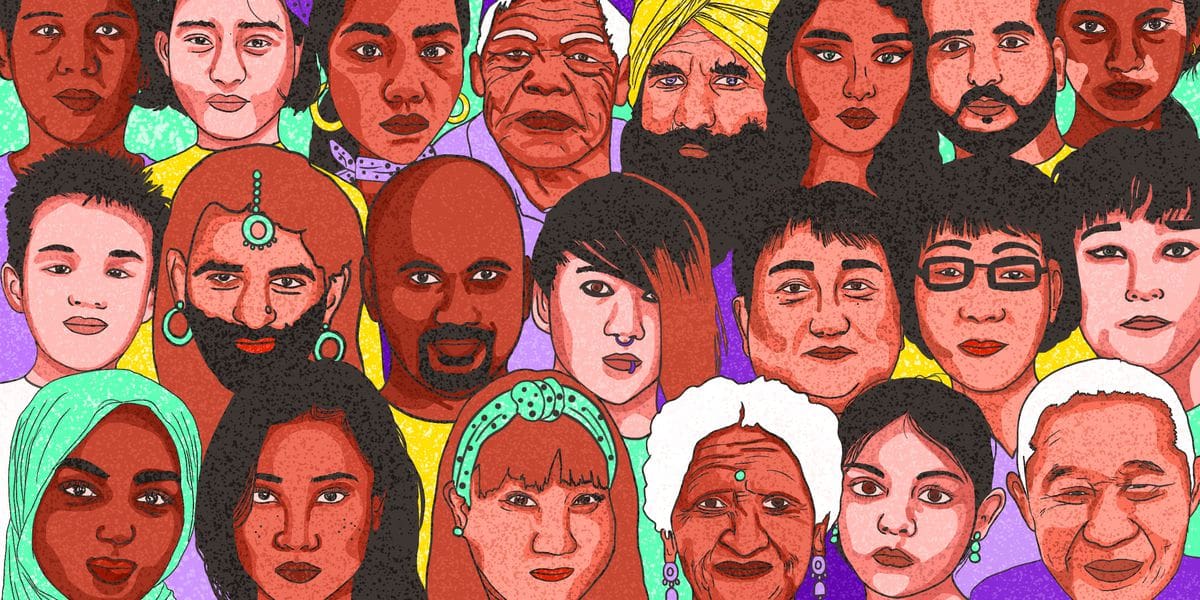It is no surprise that marginalized groups are not well represented in U.S. media, and Asian-Americans are certainly no exception. This poor representation consists of little Asian-American lead roles in popular media, Asian-American characters serving as oriental stereotypes of what the west believes to be Asian cultures, and Asian-American supporting characters serving as sidekicks that are the punchline of the white lead’s jokes. Asian-American actors have long spoken out about the difficulty of finding leading or non-stereotypical roles, let alone furthering their careers as professional actors and being taken seriously in their profession. This creates an oppressive limitation on upward mobility for aspiring Asian-American actors – oftentimes the choice is to either appear as an offensive or unimportant caricature in a franchise, or to forfeit their acting aspirations.
The study “I Am Not a Fetish or Model Minority” from the Coalition of Asian Pacifics in Entertainment and Gold House reviewed the top 10 grossing films each year from 2010 to 2019. The results showed that while less than a quarter of the AAPI characters were comedic themselves, they served as the punchline or the butt of the joke, with laugh cues encouraging audiences to laugh at, not with, the characters (Venkatraman). The humor was often rooted in racist stereotypes and the mocking of the characters’ accents. The survey also polled the opinions of 329 Asian Americans in the entertainment industry, revealing that over 93 percent agree that AAPI representation on screen is inadequate, and 95 percent feel that representation behind the scenes is inadequate (Venkatraman). Of the films studied, only 4.5 percent of main cast members were AAPI (Venkatraman). But even when in the main title cast, three-fourths of Asian characters are in supporting roles (Venkatraman). As a case in point, the New York Times reported that in the search for the male lead in Crazy Rich Asians, one of the movie’s producers was told by several prominent American theater schools that they hadn’t had a male Asian graduate in years (La Force).
Another disturbing trend was highlighted by the above study. Thirty-five percent of the AAPI characters studied fall into tropes like the model minority, martial artist, or exotic woman (Venkatraman). In fact, 17 percent of female AAPI characters are verbally objectified, and 13 percent are dressed in hypersexual clothing, more than white or non-Asian counterparts (Venkatraman). In the New York Times article, “Why Do Asian-Americans Remain Largely Unseen in Film and Television?,” Thessaly La Force writes, “As with almost any reviled minority group in America, the fear traces back to sex — the men were either sexless or sex-crazed. The women were conniving dragon ladies or docile concubines.” Today, these sexual stereotypes lead to AAPI women being treated either as particularly submissive or as “dragon ladies” who use their sexual prowess to deceive men. For AAPI men, they are often the unattractive perpetual best friend. This is further proven by data on online dating preferences.
While AAPI are still not adequately represented in other forms of art (interior design, fashion, film production and directing, and writing), the poor representation is especially awful on screen in the public eye. La Force makes this claim, concluding that, “In other words: It is only when we are hidden that we are allowed to succeed. Which leads to a more troubling but inevitable conclusion: that there is something about the very physiognomy of the Asian face that American audiences still cannot or will not accept.”
This misrepresentation is incredibly harmful. The media is a significant mechanism through which harmful stereotypes are ingrained and reinforced in audiences. Just as it can be weaponized against marginalized groups, it can be a big part of the resistance and survival of these same groups. Especially as a member of an oppressed group, watching a character that looks like you portrayed in a humane, complex, and realistic light is revolutionary. Representation can serve as a much-needed lifeline, a call to action, a point of self-acceptance, an educational opportunity, or a radicalizing agent. Point is: The characters we watch on TV carry significant importance. All of this being said, it’s important for us, as audience members, to be conscious of what we’re consuming. We need to be critical of what we watch, and to actively voice our outrage at disgusting and dangerous misrepresentations of marginalized groups – in this case, the AAPI community. After all, money talks. And since these entertainers are only concerned with our money, we need to put it where our mouth is.
About The Author: Hanna was an administrative intern at AAC-CSEBRI in the summer of 2022. You can find her bio here.
Works Cited
Liu, Jennifer. “AAPI Representation Isn’t Just a Hollywood Issue—How It Extends to Education and the Workplace.” CNBC, 10 May 2022,
www.cnbc.com/2022/05/10/aapi-representation-isnt-just-a-hollywood-issue-how-it-extends-to-education-and-work.html.
Sugihara, Michelle, and Jess Ju. “Media Matters: Why Asian American Representation in Media Is a Social Justice Issue – Asian American Policy Review.” HKS Publications, 16 May 2022, aapr.hkspublications.org/2022/05/16/media-matters-why-asian-american-representation-i n-media-is-a-social-justice-issue/.
Thessaly La Force. “Why Do Asian-Americans Remain Largely Unseen in Film and Television?” The New York Times, 6 Nov. 2018, www.nytimes.com/2018/11/06/t-magazine/asian-american-actors-representation.html.
Venkatraman, Sakshi. “Almost Half of All Asian Roles Serve as a Punchline, Study Finds.” NBC News, 5 Aug. 2021,
www.nbcnews.com/news/asian-america/almost-half-all-asian-roles-serve-punchline-study-finds-n1276103.

